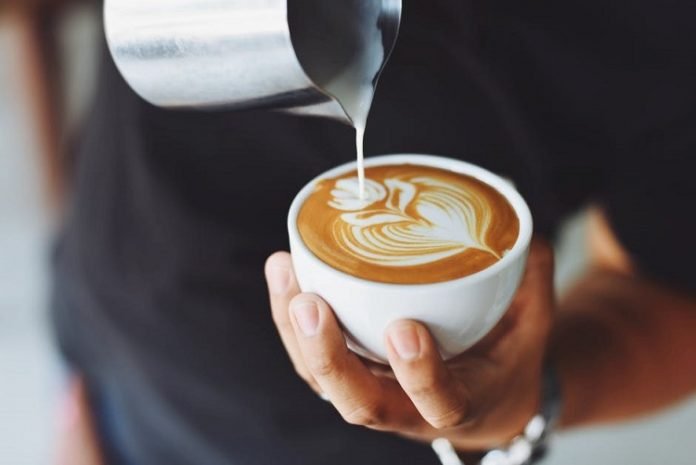Last Updated on February 21, 2024 by Nasir Hanif
It may seem shocking to coffee lovers, but there were times in history when coffee was banned.
For example, in 1511, Mecca’s governor prohibited coffee, believing it promoted radical thinking. At that time, he was afraid the opposition would unite against him.
Another instance was in 16th century Europe. Clergy members pushed for coffee to be banned, but Pope Clement VIII shot down their proposal. There’s more, and many would be upset if such a thing happened today.
Lucky for everyone who drinks coffee, the past is past, and now aspiring connoisseurs only need to worry about mistakes in brewing coffee. If you’re a wannabe coffee expert, here are the no-nos you need to avoid when making coffee at home.
Table of Contents
1. Choosing the Wrong Beans
The road to coffee expertise starts with understanding your coffee bean options. That means buying whole beans, not coffee grounds.
Remember, the shelf life of coffee grounds is as short as 24 hours. Meanwhile, whole beans begin to get stale around 10 to 14 days after roasting.
When buying beans, check the roast date. You can also purchase green coffee beans and roast them yourself. Just remember, the fresher the beans, the richer the flavor, so don’t cheat yourself by buying cheap but overly roasted or old coffee beans.
2. Storing Your Beans Improperly
You’ve bought the freshest beans, but when you brought out your coffee brewing tools and tried them, you didn’t get the taste you were expecting. What could have happened?
If you read how to store coffee guides, they’ll tell you that you shouldn’t store beans in containers not meant for coffee bean storage. That’s because some of these canisters aren’t airtight, thus allowing heat, moisture, or odor to affect the beans.
Another mistake is to store them in a well-lit place. A cool and dark environment is the best environment for coffee beans.
3. Misunderstanding Coffee Brewing Methods
Different roasts for different folks. If you like your coffee to taste rich and acidic, it’s best to invest in a French press.
The pour-over or drip method is recommended for a balanced coffee, while cold brewing delivers lighter and mellower flavors. You can get tips from baristas on the best brewing methods to achieve the results you’re after, or you can also do trial and error if you have tons of beans to experiment with.
4. Other Mistakes in Brewing Coffee
Are you still using tap water to brew coffee? The problem with tap water is you don’t know its exact mineral content. You can correct this by using filter paper or investing in a water filter system.
Another mistake you can easily avoid is using water that’s too hot. Keep the water temperature to around 91 to 96 degrees to prevent overly bitter tasting coffee or, worse, bland coffee.
Have a Brewtiful Day Every Day
Now that you know some mistakes in brewing coffee, are you excited to buy the best beans and use your French press or other brewing tools?
If you still need more advice on brewing the best coffee, be sure to ask the baristas from your favorite coffee place. You can also check our other posts to learn more about coffee and other delicious food and beverages.
